Home>Ideas and Tips>DIY Guide To Installing A Paver Patio
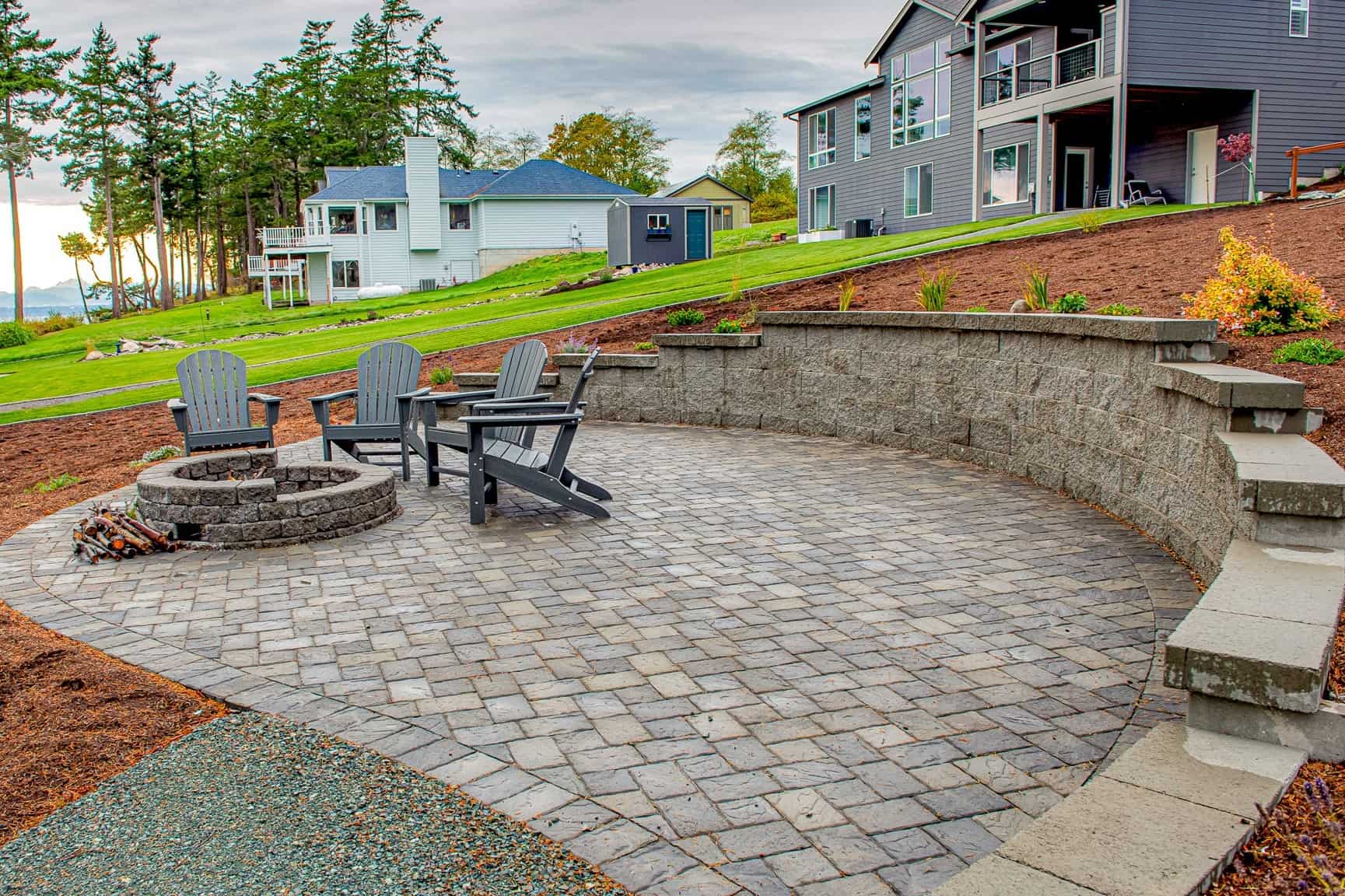

Ideas and Tips
DIY Guide To Installing A Paver Patio
Modified: September 1, 2024
Transform your outdoor space with our DIY guide to installing a paver patio. Learn step-by-step tips for a successful and beautiful patio project.
(Many of the links in this article redirect to a specific reviewed product. Your purchase of these products through affiliate links helps to generate commission for Storables.com, at no extra cost. Learn more)
Introduction
A paver patio is an excellent way to enhance the value and aesthetics of your home. Whether you choose stamped concrete pavers, brick pavers, or natural stone pavers, each option requires specific methods to install correctly. The process involves preparing the site, laying the pavers, and ensuring a solid and even surface. This guide will cover all the necessary steps, from selecting the right materials to maintaining your new patio.
Read more: DIY Guide: Installing A Paver Patio
Common Challenges Faced During DIY Paver Patio Installation
Estimating Costs and Materials
One of the first challenges you'll face is estimating the costs and materials needed for your project. The cost of pavers can vary significantly depending on the type and quality. For example, brick pavers are generally less expensive than natural stone pavers, but they may not offer the same level of durability or aesthetic appeal. It's essential to get quotes from different suppliers to find the best deal.
Understanding Paver Quantity
Another challenge is determining how many pavers you need per square foot. This calculation can be complex, especially if you're working with irregular shapes or patterns. A general rule of thumb is to use about 20-25 pavers per square foot for a standard installation. However, this number can vary depending on the size and shape of your pavers.
Ensuring Proper Slope
Proper drainage is crucial for a paver patio. You need to ensure that the pavers are installed with a slight slope to allow water to flow away from the house. A slope of about 1/4 inch per foot is recommended. This not only prevents water accumulation but also helps in maintaining the structural integrity of your patio.
Read more: DIY Guide To Installing Wainscoting
Using the Right Tools
DIY paver patio installation requires the right tools. Essential tools include a rented plate compactor or rubber mallet, which help in compacting the sand and ensuring the pavers are securely laid. A metal rake and spade shovel are also necessary for preparing the site and leveling the ground.
Basics of Paver Patio Installation
Preparing the Site
A well-executed patio installation starts with a clear site. Here are the steps to prepare your site:
-
Clear the Area: Remove any debris, grass, or weeds from the area where you plan to install your pavers. This will give you a clean slate to work with.
-
Lay Down Geotextile Fabric: Geotextile fabric helps prevent weeds from growing up through the pavers and provides a stable base for your patio. Lay down the fabric, ensuring it covers the entire area.
-
Add Class 5 Gravel: Class 5 gravel is an excellent base material because it is easily compactable and provides good drainage. Spread the gravel evenly over the geotextile fabric, ensuring it covers the entire area.
-
Compact the Gravel: Use a plate compactor or a hand tamper to compact the gravel. This step is crucial as it ensures a solid base for your pavers.
Laying Down Paver Sand
After compacting the gravel, it's time to lay down paver sand. Here’s how you do it:
-
Spread Paver Sand: Spread paver sand evenly over the compacted gravel. The sand should be about 1 inch deep.
-
Compact the Sand: Use a plate compactor or hand tamper to compact the sand. This step helps ensure that the sand is evenly distributed and ready for the pavers.
Read more: DIY Guide To Installing Floating Shelves
Laying Down Pavers
Now it’s time to lay down your pavers:
-
Begin with Edging: Start by laying down edging around the perimeter of your patio. This helps maintain the shape and structural integrity of your patio.
-
Lay Pavers: Begin laying pavers from one corner of your patio, working your way outward in a pattern that makes sense for your design. Use a rubber mallet to tap each paver into place, ensuring they are level and secure.
-
Use Polymeric Sand: Once all pavers are laid, fill in the gaps with polymeric sand. This type of sand locks the pavers into place and prevents weeds from growing up through the gaps.
-
Compact Polymeric Sand: Use a plate compactor or hand tamper to compact the polymeric sand. This step ensures that the sand is evenly distributed and securely holds the pavers in place.
The Need for Correct Installation: Impact on Patio Lifespan and Appearance
Correctly installing your patio pavers is about more than aesthetics; it significantly impacts the longevity of your patio area. A poorly installed paver patio may lead to issues like pooling water, unstable pavers, and premature wear and tear. Paying attention to details like maintaining a proper slope, using paver base panels, and ensuring correct sand bed depth can prolong the life of your paver patio and keep it looking great for years to come.
Key Materials Involved in Paver Patio Installation
The materials you select affect your paver patio’s appearance and durability. Here are some key materials involved:
- Pavers: Available in various types such as interlocking pavers, clay bricks, and natural stone pavers. Each type offers different aesthetic appeals and durability levels.
- Landscape Fabric: Prevents weeds from growing up through the pavers.
- Paver Restraints: Critical in maintaining the shape and structural integrity of your patio.
- Polymeric Sand: Locks pavers into place and prevents weeds from growing up through gaps.
Top 10 Commonly Made Paver Patio Installation Mistakes
Mistake 1: Lack of Planning
Poor planning is one of the most common mistakes made during paver patio installation. Failing to plan ahead can lead to costly mistakes and delays in the project.
Mistake 2: Incorrect Base Preparation
Preparing the base incorrectly can lead to uneven surfaces and poor drainage. Ensure that you compact the gravel base thoroughly before laying down paver sand.
Mistake 3: Insufficient Sand Depth
Using insufficient sand depth can cause pavers to shift over time. Aim for at least 1 inch of paver sand over the compacted gravel base.
Mistake 4: Choosing the Wrong Pavers
Choosing the wrong pavers can detract from your outdoor living space’s visual appeal and reduce your patio’s longevity. For instance, there may be better choices than clay bricks for a fire pit area due to their susceptibility to heat damage.
Read more: How To Install Pavers Over A Concrete Patio
Mistake 5: Ignoring Weather Conditions During Installation
Weather plays a crucial role in patio paver installation. Wet conditions can cause the sand to settle unevenly, while sweltering conditions can challenge the paver surface. Ideally, pavers installation should be undertaken in dry, mild weather.
Mistake 6: Neglecting Proper Edge Restraints
Edge restraints are critical in maintaining your paver patio’s shape and structural integrity. They prevent lateral movement of the pavers, ensuring your patio maintains its design and stability over time.
Mistake 7: Poor Paver Cutting Techniques
Cutting pavers accurately requires a circular saw with a diamond-tipped blade. Improper cutting techniques can lead to uneven edges, increasing the risk of tripping hazards and a visually unappealing patio.
Mistake 8: Inadequate Compaction
Inadequate compaction of both gravel and sand bases can result in unstable pavers over time. Use a plate compactor or hand tamper to ensure thorough compaction.
Read more: DIY Guide To Installing A Stair Runner
Mistake 9: Incorrect Polymeric Sand Application
Incorrect application of polymeric sand can lead to gaps between pavers that allow weeds to grow. Ensure that you fill gaps completely and compact the sand thoroughly.
Mistake 10: Lack of Maintenance
Regular maintenance is essential for extending the lifespan of your paver patio. Regularly sweep away debris, clean joints with a broom or brush, and seal your pavers periodically to protect them from stains and weathering.
Step-by-Step Guide to Laying a Paver Patio
Step 1: Clearing the Area
Clear the area where you plan to install your pavers. Remove any debris, grass, or weeds from the site.
Read more: DIY Guide To Installing A French Door
Step 2: Laying Down Geotextile Fabric
Lay down geotextile fabric over the cleared area. This fabric prevents weeds from growing up through the pavers and provides a stable base for your patio.
Step 3: Adding Class 5 Gravel
Spread class 5 gravel evenly over the geotextile fabric. Compact this layer thoroughly using a plate compactor or hand tamper.
Step 4: Compacting Gravel Base
Compact the gravel base until it is solid and even. This ensures a stable foundation for your pavers.
Step 5: Laying Down Paver Sand
Spread paver sand evenly over the compacted gravel base. Aim for at least 1 inch of sand depth.
Read more: DIY Guide To Installing A Kitchen Island
Step 6: Compacting Paver Sand
Use a plate compactor or hand tamper to compact paver sand until it is evenly distributed and ready for pavers.
Step 7: Laying Down Pavers
Begin laying pavers from one corner of your patio, working outward in a pattern that makes sense for your design. Use rubber mallets to tap each paver into place, ensuring they are level and secure.
Step 8: Filling Gaps with Polymeric Sand
Once all pavers are laid, fill gaps between them with polymeric sand. Compact this sand thoroughly using a plate compactor or hand tamper.
Step 9: Final Touches
After completing these steps, inspect your patio for any imperfections or gaps. Make necessary adjustments before sealing your pavers periodically to protect them from stains and weathering.
Read more: DIY Guide To Installing Crown Molding
Case Study: Transforming a Backyard with Paver Patio
A homeowner in Minneapolis faced significant water issues due to an improperly sloped patio. They decided to remove old concrete slabs and re-slope their backyard using class 5 gravel as their base material. This transformation not only resolved water issues but also created an inviting outdoor space where they could enjoy their retirement years.
DIY Tips for Paver Patio Installation
Using Used Pavers
Mateo from YouTube transformed his backyard by installing a massive timber frame gazebo and paver patio using used pavers he found on Marketplace. He saved thousands of dollars by opting for used pavers instead of brand-new ones.
Borrowing Tools
Mateo also borrowed an excavator from his neighbor to clear out the ground for his new pavers. This saved him a full week of digging and prevented back strain.
Read more: DIY Guide To Installing A Tile Floor
Planning Ahead
Planning ahead is crucial when installing a paver patio. Mateo decided to create an entrance path using border pavers and left a gap between the fence to add visual appeal.
Conclusion
Installing a paver patio is a rewarding DIY project that requires careful planning, attention to detail, and the right materials. By avoiding common mistakes such as incorrect base preparation, insufficient sand depth, and poor cutting techniques, you can ensure a long-lasting and visually appealing outdoor space. Whether you choose stamped concrete pavers or natural stone pavers, following these steps will guide you through transforming your backyard into an elevated outdoor oasis.
Remember that while DIY projects can save money, hiring a professional contractor may be necessary if you're unsure about any part of the process. With patience and persistence, you can create a beautiful paver patio that enhances both the value and aesthetics of your home.
By following this comprehensive guide, you'll be well-equipped to tackle your next DIY project—transforming your backyard into a stunning paver patio that you'll enjoy for years to come. Happy building
Was this page helpful?
At Storables.com, we guarantee accurate and reliable information. Our content, validated by Expert Board Contributors, is crafted following stringent Editorial Policies. We're committed to providing you with well-researched, expert-backed insights for all your informational needs.
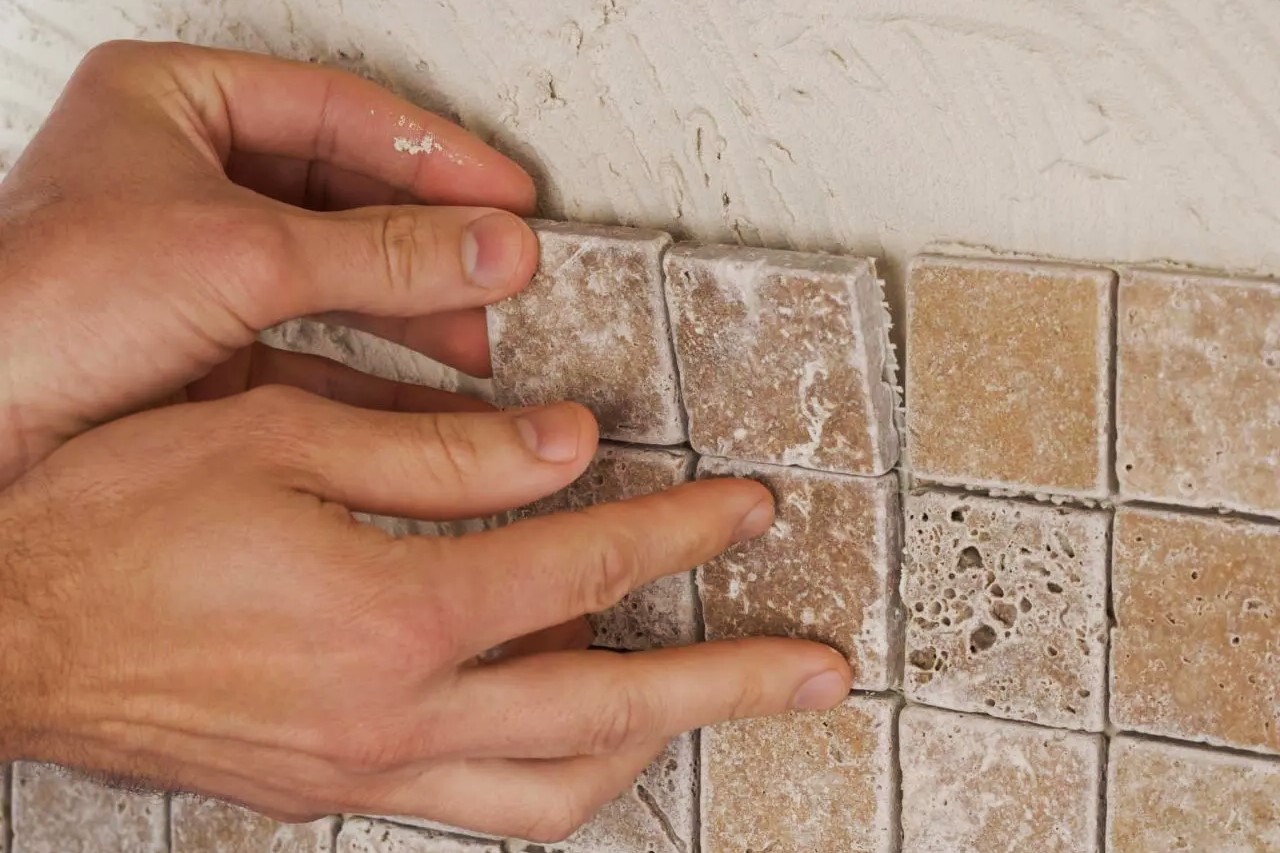
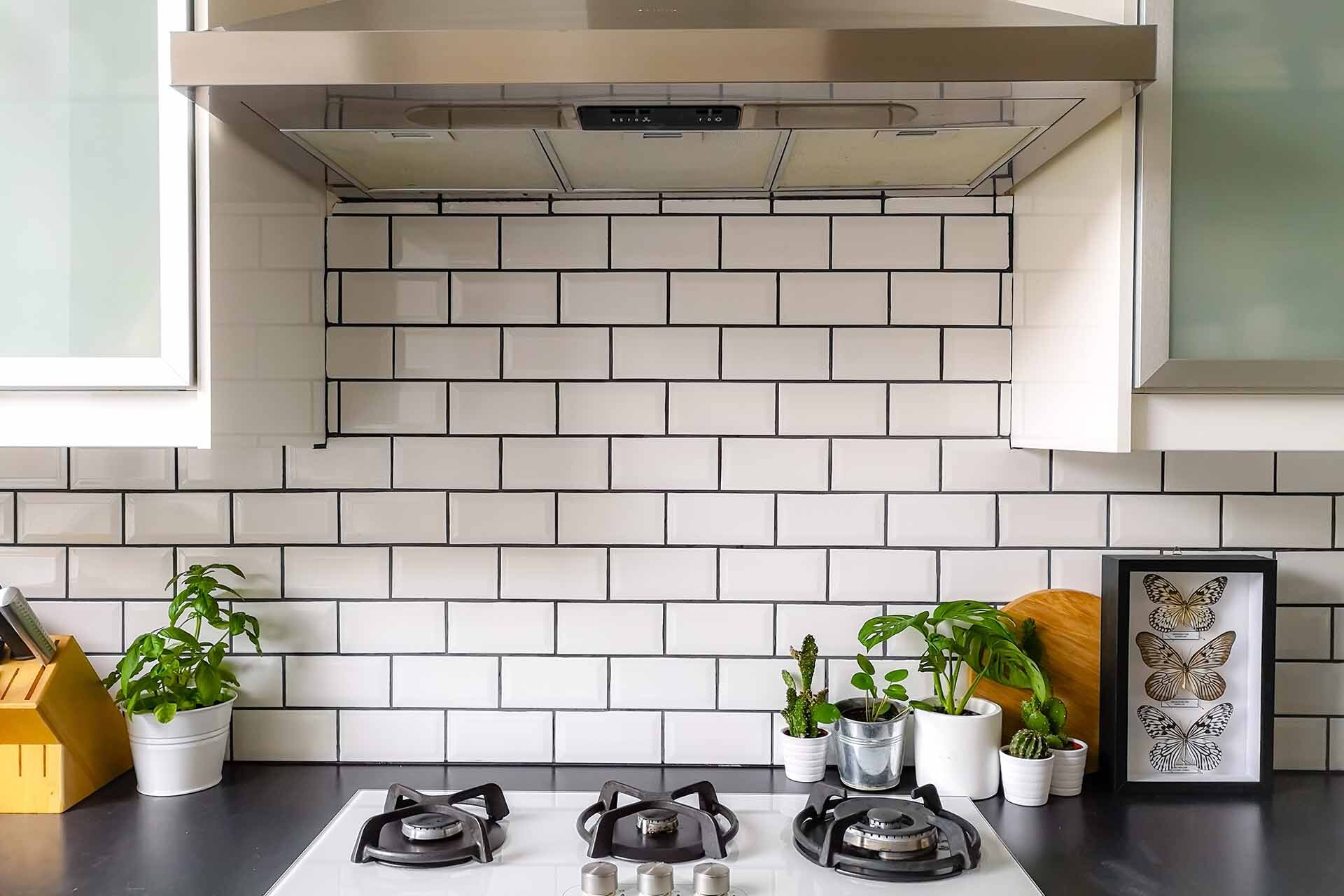


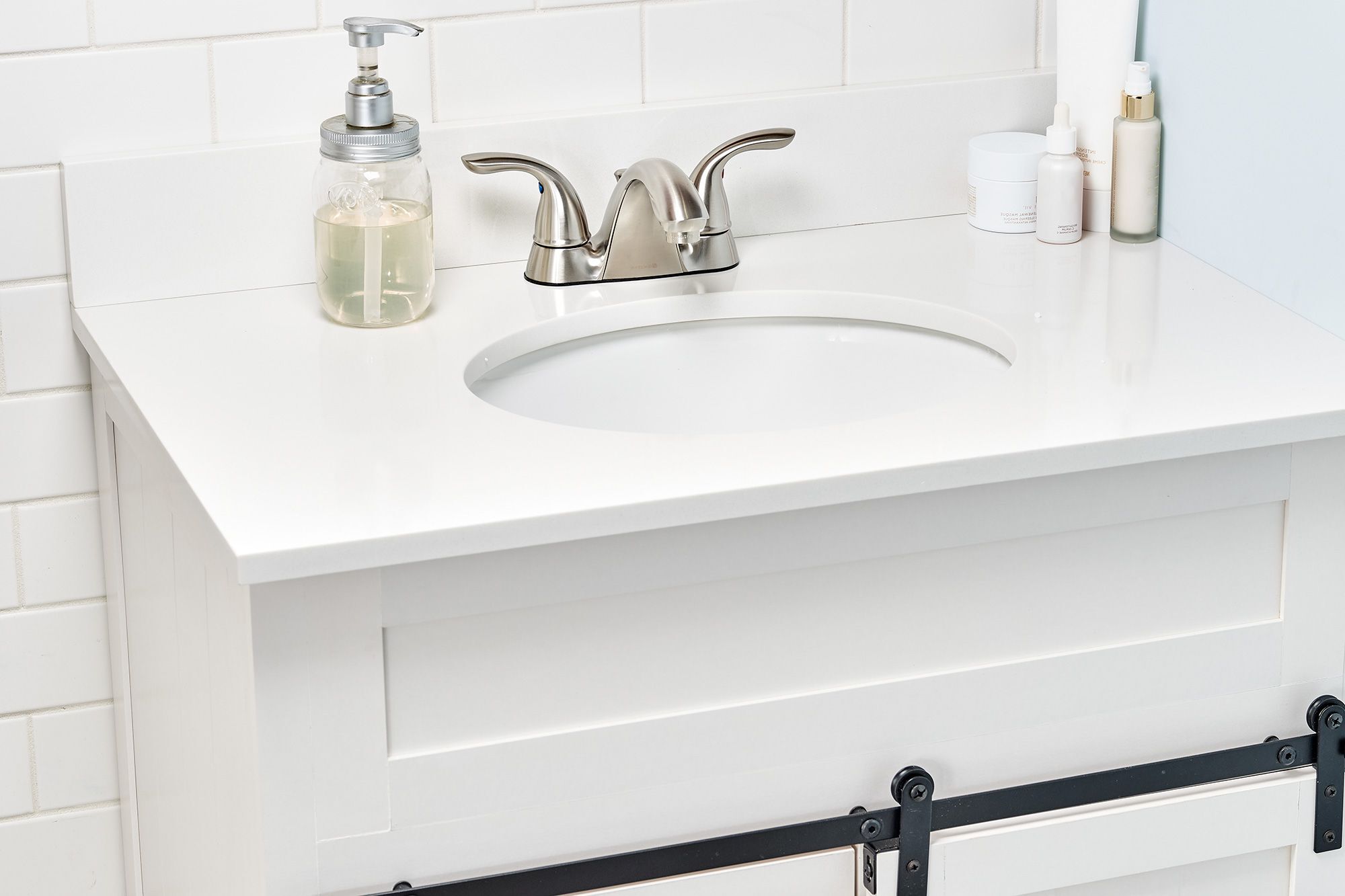
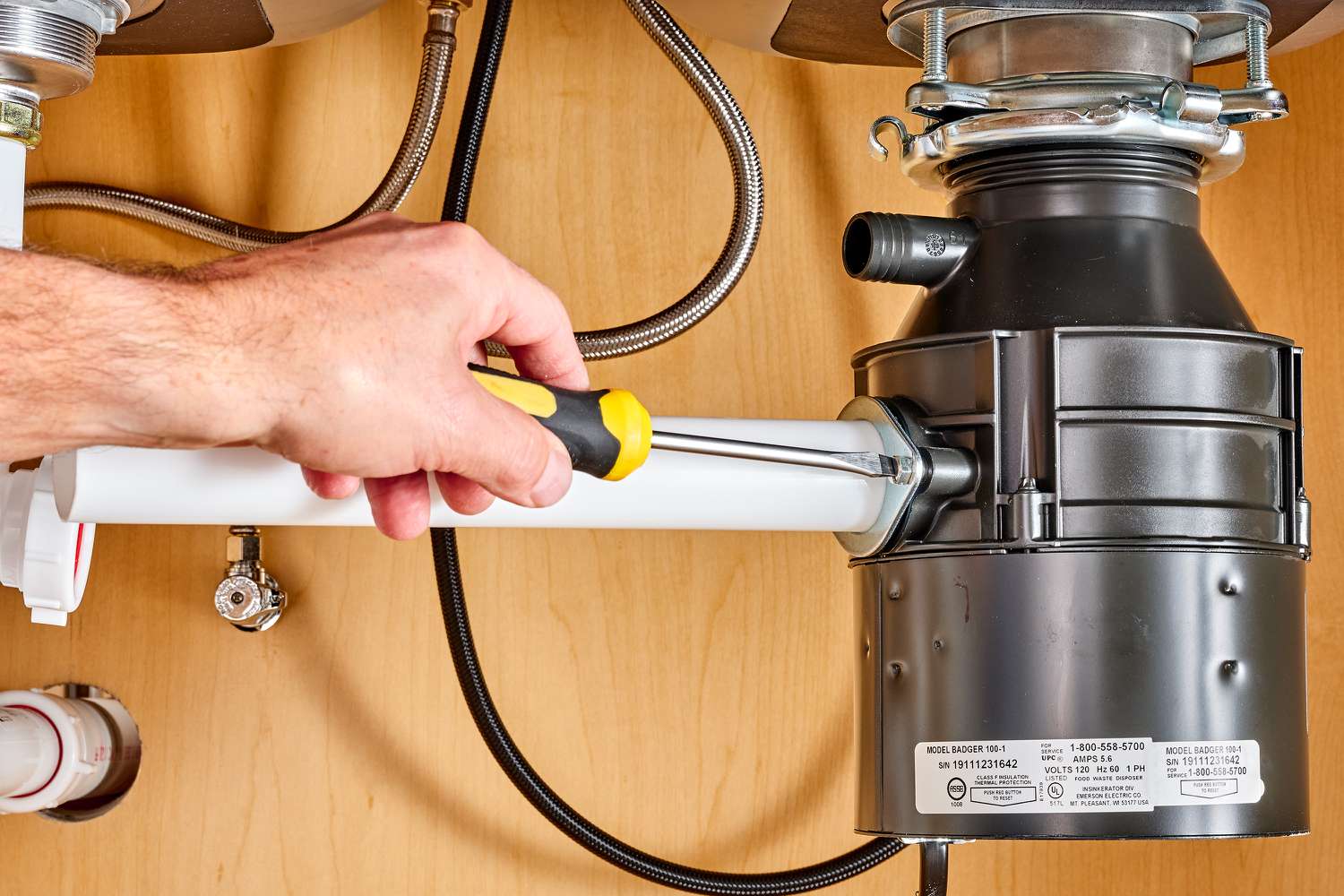

0 thoughts on “DIY Guide To Installing A Paver Patio”